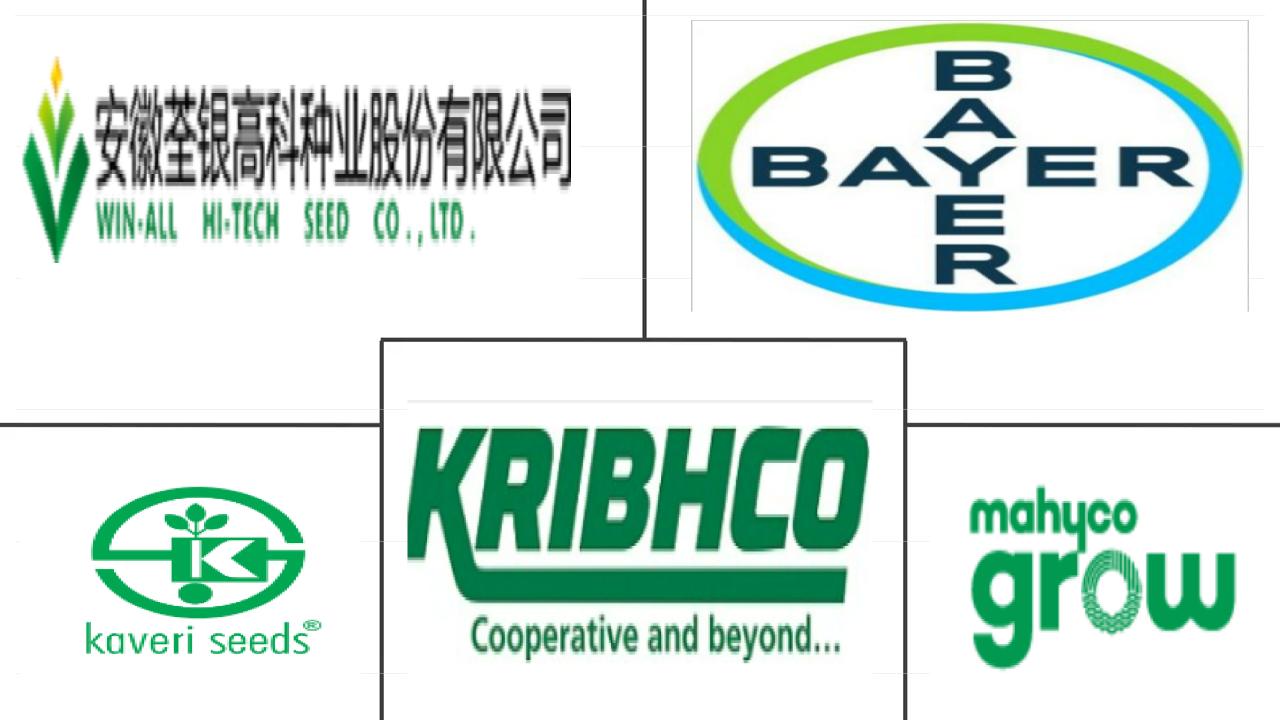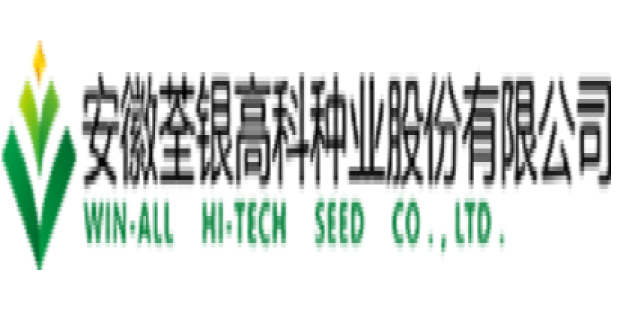Market Size of asia-pacific cotton seed Industry (seed for sowing)
| Icons | Lable | Value |
|---|---|---|
|
|
Study Period | 2017 - 2030 |
|
|
Market Size (2024) | USD 1.1 Billion |
|
|
Market Size (2030) | USD 1.52 Billion |
|
|
Largest Share by Breeding Technology | Hybrids |
|
|
CAGR (2024 - 2030) | 5.48 % |
|
|
Largest Share by Country | India |
Major Players |
||

|
||
|
*Disclaimer: Major Players sorted in no particular order |
Asia-Pacific Cotton Seed Market (seed For Sowing) Analysis
The Asia-Pacific Cotton Seed Market (seed For Sowing) size is estimated at 1.1 billion USD in 2024, and is expected to reach 1.52 billion USD by 2030, growing at a CAGR of 5.48% during the forecast period (2024-2030).
1.1 Billion
Market Size in 2024 (USD)
1.52 Billion
Market Size in 2030 (USD)
7.25 %
CAGR (2017-2023)
5.48 %
CAGR (2024-2030)
Largest Market by Breeding Technology
95.76 %
value share, Hybrids, 2023
Bt-cotton is the most used trait. Their high-yielding, insect-resistant, herbicide-tolerant, and high-fiber strength drive the demand for hybrid seeds.
Largest Market by Country
73.75 %
value share, India, 2023
Globally, India is the second leading producer of cotton. It has increased productivity due to an increase in the use of hybrid seeds and intensive cultivation practices.
Fastest-growing Market by Breeding Technology
5.50 %
Projected CAGR, Hybrids, 2024-2030
The major countries producing cotton are China and India. These countries have a high adoption rate for hybrids due to high yield and resistance to insects and pests.
Fastest-growing Market by Country
6.44 %
Projected CAGR, Indonesia, 2024-2030
The increase in the area cultivated, government measures for increasing cultivation, and the growing demand for fibers globally are helping the market's growth in Indonesia.
Leading Market Player
4.19 %
market share, Anhui Tsuen Yin Hi-Tech Seed Industry Co. Ltd, 2022

The company has a wide range of cotton seed portfolios, including hybrid and transgenic varieties. It has developed cotton seeds that are suitable for growing under local conditions.
The improved traits of transgenic hybrid cotton seeds, such as herbicide and insect tolerance, are dominating the market
- In the Asia-Pacific region, hybrid seeds dominated the cotton seed market compared to open-pollinated varieties and hybrid derivatives. The hybrid varieties of cotton accounted for about 95.7% of the Asia-Pacific cotton seed market in 2022, and the remaining 4.3% was occupied by open-pollinated varieties (OPV) and hybrid derivatives of cotton.
- In the hybrid cotton seed segment, transgenic hybrid seeds dominated the market in the region with 90.1% of the share value in 2022. The large market share of transgenic cotton is mainly attributed to its improved traits, such as herbicide tolerance and insect tolerance, which reduce the use of insecticides on crops and help farmers cut down the cost of cultivation.
- In transgenic cotton hybrids, insect-resistant hybrids are highly cultivated, accounting for more than 99.0% of the transgenic cotton market in 2022. Insect-resistant cotton hybrids help reduce insect attacks (especially lepidopteran insects), thus reducing pesticide usage and increasing yields.
- In the case of non-transgenic cotton seeds, the market share is much less than that of transgenic seeds, mainly due to reduced cultivation in many countries of the region. Moreover, the increasing adoption of transgenic seeds is helping minimize the loss of farmers due to their insect-resistant characteristics.
- Open-pollinated varieties and hybrid derivatives of cotton seeds were valued at about USD 42.4 million in 2022. These local seeds are specific to the region, with lower prices than hybrids.
- The improved traits of hybrid cotton seeds, such as herbicide resistance, and affordability of OPV cotton seeds are anticipated to drive the market during the forecast period.
China and India dominated the Asia-Pacific cotton seed market as they are the largest producers of cotton in the world
- In the Asia-Pacific region, the cotton seed segment is primarily driven by the demand for cotton from the textile industry. The region’s cotton seed market accounted for 75.1% of the global cotton seed market in 2022.
- China is the largest cotton-producing country in the world, with an annual production of 5.9 million metric ton in 2022. The country largely follows intensive cultivation practices. Moreover, the favorable climatic conditions for cotton cultivation drive cotton production. China accounted for about 12.0% of the Asia-Pacific cotton seed market in 2022.
- India is the second-largest cotton-producing country in the world, with an annual production of 5.2 million metric ton in 2022. India has held the second rank in cotton production for the past two years; India has a larger cultivable cotton area than China. This substantial cultivable land in India is projected to drive the cotton seed market during the forecast period. India accounted for about 73.3% of the Asia-Pacific cotton seed market in 2022.
- Pakistan accounted for about 4.1% of the Asia-Pacific cotton seed market in 2022. The cotton cultivation area in the country decreased from 2.7 million hectares in 2017 to 1.9 million hectares in 2022. Despite the decrease in the cultivation area, the overall production increased in the country due to the increased adoption of hybrid cotton seeds. Cotton has higher export potential, which is driving the market.
- Therefore, increasing demand from the textile industry and the high export potential of cotton textiles are the major factors anticipated to boost cotton production in Asia-Pacific, thereby boosting the growth of the cotton seed market during the forecast period.
